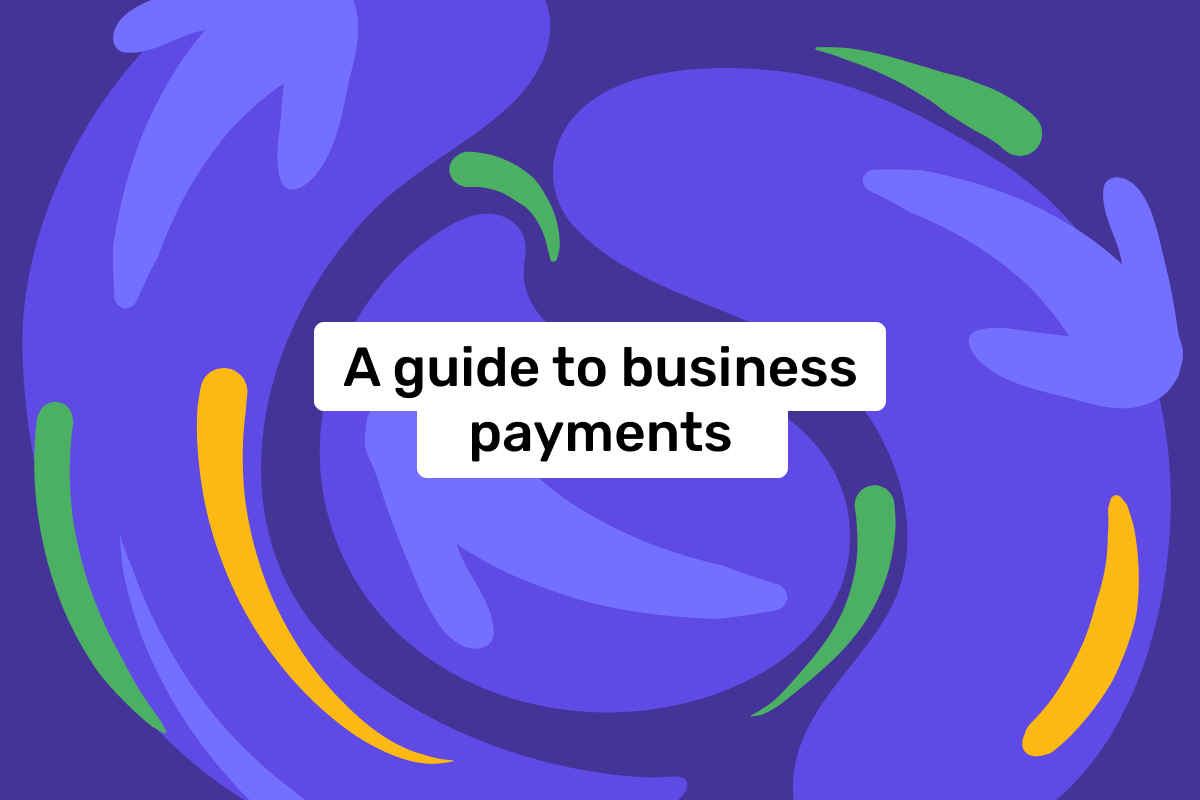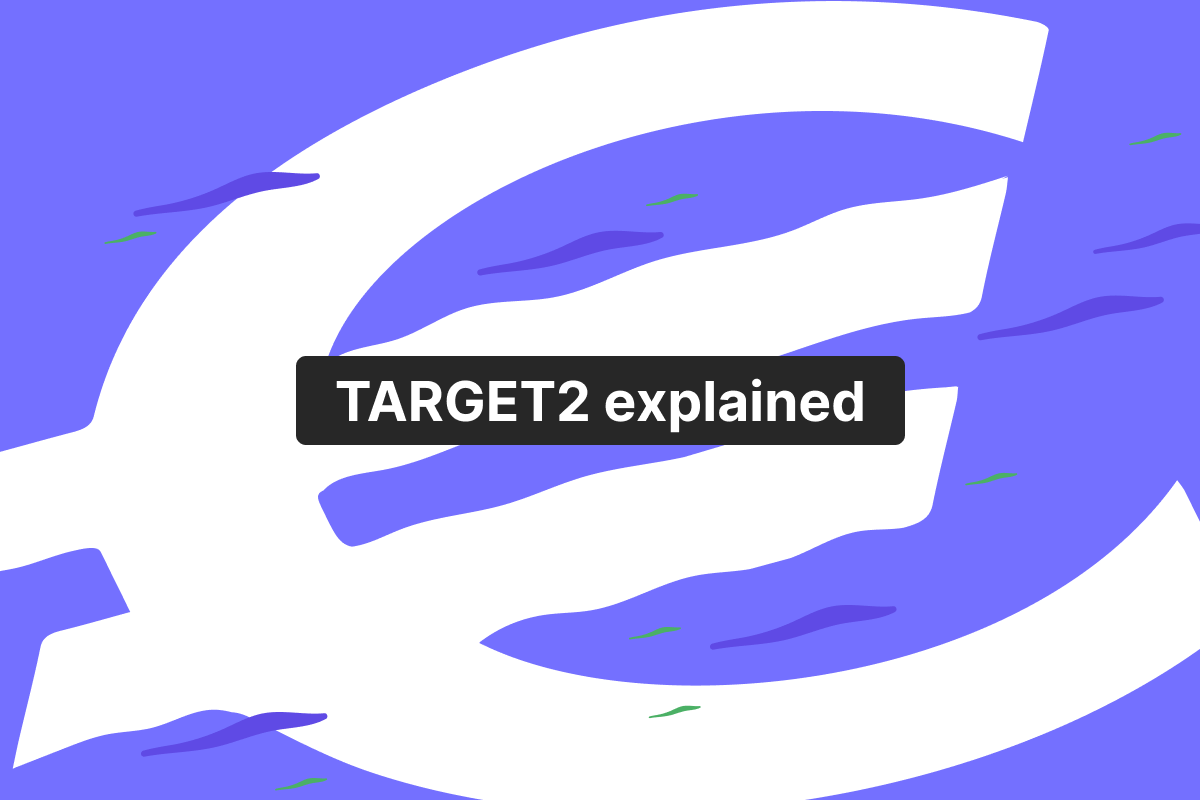No bank account is complete without the ability to send and receive funds. It especially concerns companies, as their production cycles and customer relations depend on this financial feature. And, for many businesses, there’s a need for international business payments.
In this article, Genome’s team will explain how companies can make international payments and which transfer options are used for this.
What are international business payments?
International payment is a type of payment that occurs between two entities that are located in two different countries. Even if countries are situated right next to each other, for instance, Germany and Netherlands, a transfer from one to the other is considered international payment. Therefore, a transfer sent from one entity to another within one country is called a local payment.
Thus, an international business transfer is a payment where at least one of the entities is a company, and the transfer occurs between countries.
There are a couple of ways business money transfers can be carried out; let’s take a look.
How to make international business payments
International business transactions are very common, as companies need to exchange funds in their routine operations.
To make money transfers internationally, businesses usually require SWIFT or SEPA payment networks.
SWIFT transfers are the most common way to send international business payments, as the network works for over 200 countries and territories worldwide. SWIFT also allows making payments in different currencies. The time of transfer execution varies: it can take 2 to 7 days for the beneficiary to receive the payments.
Open an account
in Genome online
Companies can use SEPA for international business transactions if they operate within Europe, specifically in the EU. The SEPA network allows transferring of funds between countries in the SEPA zone, the full list of which can be found here. You can only send SEPA payments in euros, but they are typically faster and cheaper than SWIFT ones.
Points of comparison | SWIFT transfers | SEPA transfers |
Countries and territories that are covered | 200 | SEPA zone (36 countries, all of the EU) |
Currencies available | All the major currencies. It depends on the financial institution which provides the service, as international money transfer companies have different currencies available | Euros only |
Data required to send a payment | Beneficiary’s/company name, address, account number, SWIFT code | Beneficiary’s/company name, IBAN, SWIFT code (not always) |
Transfer execution times | Vary, can be 2 to 7 business days | 1-2 business days, or instantly, if the SCT Inst scheme is used |
Genome: business account for international payments
If your country is located in the EU and needs to make money transfers internationally, Genome has a solution! You can start a business wallet online and access all the financial services necessary to operate and grow your business.
The onboarding process is simple. You will just need to fill out some information about yourself and your business, upload the documents, and pass the verification process. After approval, you gain access to a business wallet, inside of which you can have up to 5 accounts per the following currencies: USD, GBP, and EUR.
Genome offers SEPA transfers – a secure and reliable way to make payments to your employees, contractors, or partners.
To make an international business payment, you just need to:
Log into Genome;
Go to the Transfers tab from your dashboard;
Select the Bank transfer option and send the SEPA transfer;
You can easily create and save templates for regular payments.
We also have an internal transfer option. With it, you can send instant transfers to other Genome users. Not to mention international money transfers which you can use to send and receive funds to 42 countries.
International payments are not the only thing Genome has in store for you! Here, you can also send out thousands of payments at once with our mass transfer feature, use the shared account tool, get a security token, and so much more!
Check out our website for more information.
Open an account
in Genome online
Methods of payment in international trade
Last but not least, let’s quickly go over international trade. It is a process of exchange of goods and services that occurs internationally, at least between two countries.
Global trade is happening through international business transactions, in which the banking system and currency regulation play a very important role.
Global trade hit a record $32 trillion in 2022 despite the impact of Russia’s invasion of Ukraine, the pandemic, and other geopolitical factors.
Payment methods used in international trade
Letter of credit (LC) – a financial instrument commonly used in trade and international payments to provide payment security for both the buyer and the seller.
On the conditions, an LC is a guarantee issued by a bank on behalf of the buyer that ensures that the seller will be paid a specified amount of money for goods or services once certain conditions are met.
In the USA alone, there was $371 billion worth of letters of credit volume in the third quarter of 2022. The US government considers this payment method “one of the most secure instruments available to international traders.”
Cash-in-advance is another means of payment generally accepted as a more attractive option for export transactions. But, requiring payment in advance makes it the least attractive option for the customer. Moreover, foreign buyers may be concerned that the goods won’t arrive. Thus, in such cases, there’s more room for fraud that involves fake merchant websites, etc.
Open account terms are one of the methods of payment in international trade. During it, the goods are shipped and delivered before payment is due, which in international sales is typically in 30, 60, or 90 days. The time depends on the product type and delivery method.
It is one of the most favorable options to the importers because of cost, but it also carries a higher risk option for an exporter. Nevertheless, export businesses use open account terms because of competition in the market and as a way to appease potential customers.
Consignment – this international payment method is about shipping the goods from seller to buyer, who agrees to pay for them once they are sold to the end customer.
The consignor maintains ownership of the goods until they are sold to a third party, at which point the consignee receives a commission or fee for their role in the sale.
This method carries a higher level of risk for the seller, but this is the way retail works. It is more popular for niche products such as art or fashion. On the other hand, it may be handy for small businesses that just started operating but lack production scale.
Open an account
in Genome online
FAQ
What are international payments?
These are money transfers between individuals, companies, or both. During international payments, the sender is located in one country, while the beneficiary – is in another.
What are payment methods in business?
Such methods are ways a company can send money or pay for something using the banking tools available. Generally, these are money transfer options available, debit, credit cards, and local payment methods. We described some of the popular business money transfer methods in this article.
What are the methods of payment for international transactions?
As in the case of international business payments, the most common payment methods are money transfers, debit, and credit cards. If we are talking specifically about international trade, they are a letter of credit, cash-in-advance, consignment, and open account terms.
What are examples of international payment systems?
International payment systems are used so that individuals and companies can send and receive transfers worldwide. The most widespread international payment systems are SWIFT and SEPA networks, which we described prior.






